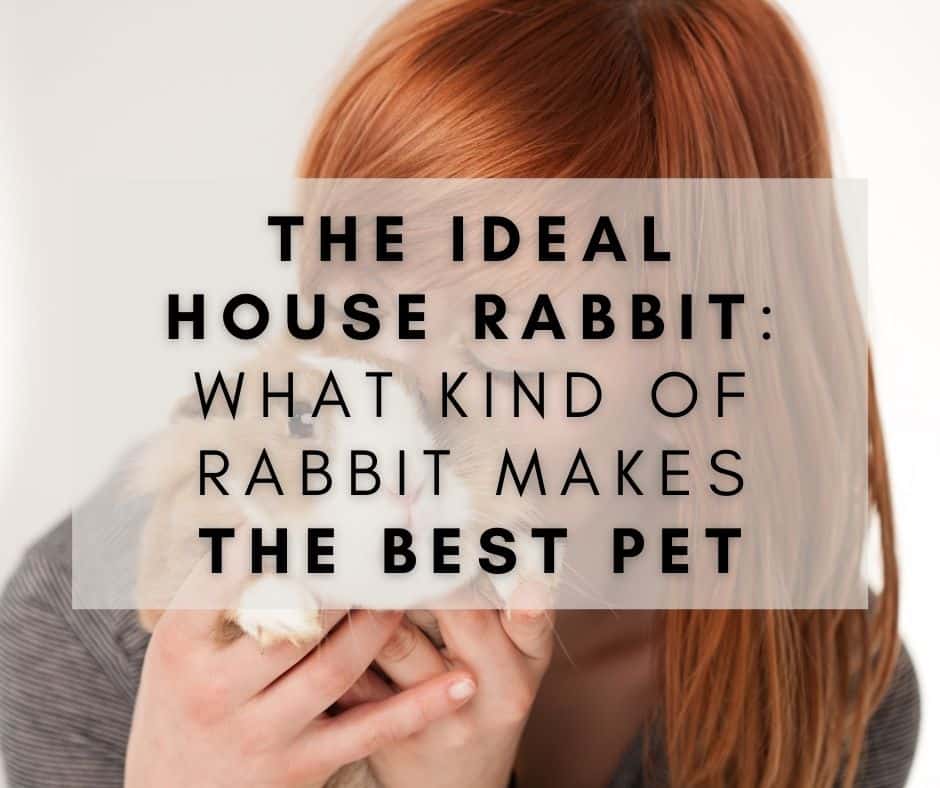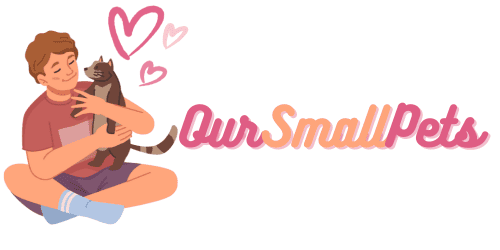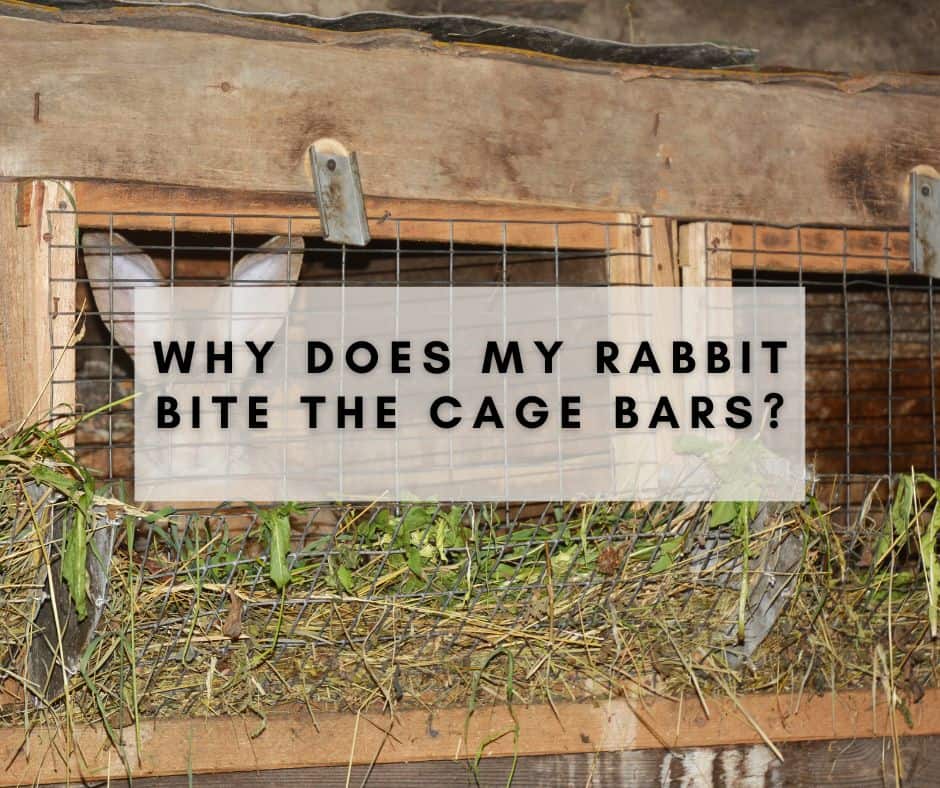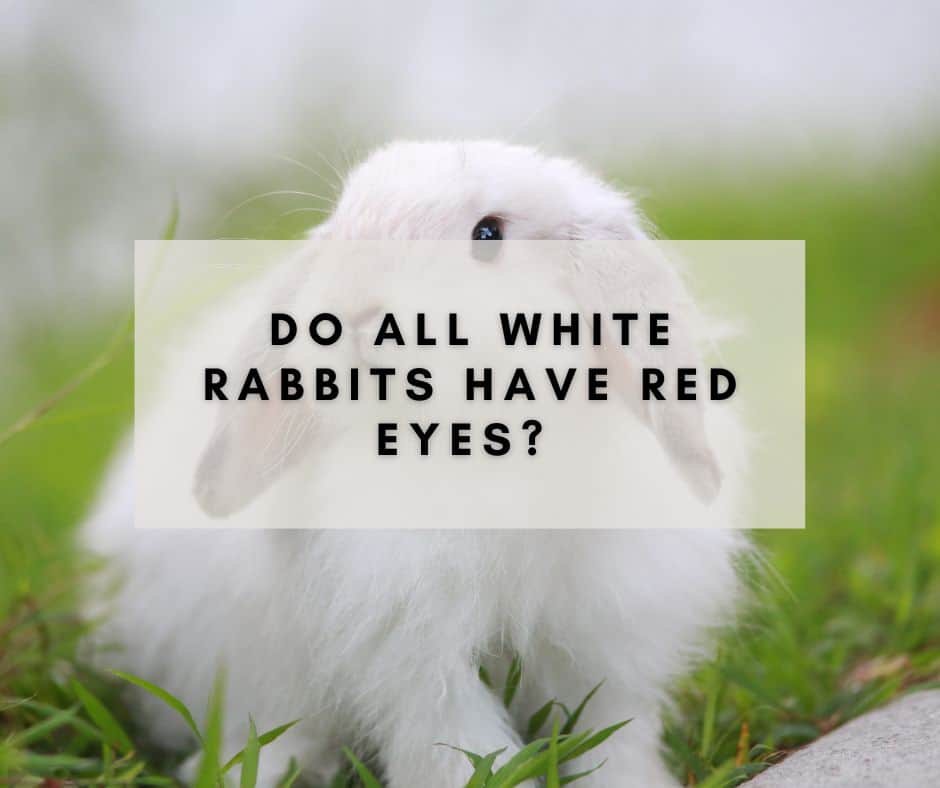
A house rabbit is a pet that can live in the home. If you are considering what kind of rabbit to get, take these things into consideration: size, personality, and whether or not they will need any special accommodations for living inside. This blog post discusses what makes the best type of house rabbits!
Contents
- 1 What breed of rabbit is the friendliest?
- 2 Do indoor rabbits bite?
- 3 Are girl or boy rabbits better?
- 4 Can you potty train rabbits?
- 5 How much do bunnies cost in the US?
- 6 What do you need to buy before your rabbit moves in?
- 7 What should rabbits eat?
- 8 How often should rabbits be fed?
- 9 What about pellets versus hay?
- 10 How long do bunnies live?
- 11 Can rabbits live outside in the summer?
- 12 Can rabbits live outside in the winter?
- 13 Conclusion
What breed of rabbit is the friendliest?
Rabbits are prey animals, so they have what is called a fight-or-flight instinct. This means that if they feel trapped or cornered, they may attack rather than run away. Because of this tendency to want to flee when given the chance, it’s important you choose rabbits with friendly temperaments because these pets will be more likely to live happily in a home setting.
As a matter of fact, there is no definitive answer when it comes to what the friendliest breed of rabbit is, but some breeds are known for being more docile and personable than others. Some good bets include
- Holland Lops
- Netherland Dwarfs
- English Angoras
- Californian Rabbit
All these rabbits tend to be what we call “lap bunnies” and will want to cuddle with you on the couch!
Do indoor rabbits bite?
Another thing to consider before bringing home a rabbit is whether or not you have the time and patience to train them. House rabbits can be quite mischievous if they are not given enough attention, and some will chew on furniture or electrical cords if left unsupervised.
Biting is one of the most common ways for house rabbits to get their owners’ attention, so it is important to be consistent with your training and make sure they know what is acceptable behavior.
Some rabbits are more prone to biting than others; usually, those that have not been spayed or neutered tend to be a little bit nippier. However, with proper training and plenty of love, any rabbit can be an excellent addition to the family.
Are girl or boy rabbits better?
When it comes to picking a house rabbit, there is no definitive answer as to whether a girl or boy rabbit is better. Each has its own unique personality and set of quirks! Some people prefer one gender over the other, but in general either make great pets.
One thing to keep in mind when choosing between a boy and a girl rabbit is what you plan on doing with your pet. If you are looking for a rabbit to breed, it is better if they are the same gender so that there will be no chance of mating – unless, of course, that’s what you want!
Can you potty train rabbits?
Yes, you can! Both our bunnies are potty trained, and it wasn’t as big of I deal as we thought it would be. One of the most important things you need to do when bringing home a rabbit is to train them to use a litter box. This is not as difficult as it may seem and can be accomplished with a little patience and consistency.
Many rabbits will instinctively start using their litter box once they are trained, but some may take longer than others. If your rabbit is not using the litter box, there may be a few reasons.
First of all, make sure to keep an eye on what they are doing and look for signs that they might need to go potty. If you catch them in time, great! Take them over to their litter box and let them do their business. However, if you miss the cue or they have already gone to the bathroom somewhere else, it may be because the litter box is not in a desirable spot.
Bunnies like privacy when they go to the bathroom, so try moving the litter box to a more secluded area. You may also want to try different types of litter until you find one your rabbit prefers. As long as you are patient and consistent, your rabbit will eventually get the hang of using their litter box!
How much do bunnies cost in the US?
Once you’ve decided what kind of rabbit is the best fit for your family, it’s time to think about how much it will cost. Rabbits can vary in price depending on what breed they are and where you get them from; some rescues may even have rabbits free for adoption!
That being said, here are some average prices:
- $15 and up for a small, young rabbit
- $50 and up for a larger, adult rabbit
Spay/neuter surgery can cost anywhere from $60-$200 depending on your location!
What do you need to buy before your rabbit moves in?
There are a few essentials you will need before your rabbit moves in:
- A large enclosure – at least 10x6x3 feet for one rabbit, and bigger for multiple rabbits
- A hut of at least 6 x 2 ft
- Litter box and litter
- Hayrack and hay
- Feeder and water bottle, or water bowl
- Toys! Bunnies love toys, especially ones they can chew on.
- A vet (sort of)! Make sure to get your rabbit spayed or neutered before bringing them home if you are planning on getting them fixed.
You should absolutely buy all these things listed above before your furry companion arrives. Then you can focus all your attention on your new furry friend!
What should rabbits eat?
A healthy diet for a house rabbit includes hay, fresh vegetables, and a small amount of pellets. Rabbits should not eat too many carrots or other sugary fruits, as this can lead to health problems like obesity and tooth decay.
One way to make sure your rabbit is getting the nutrients they need is to give them a variety of rabbit-safe vegetables, like carrots, kale, parsley, and more. Offer them what they will eat in a day versus what you want to keep fresh; that way they are getting what their body needs!
How often should rabbits be fed?
When you get a new rabbit, one of the first things to consider is whether and how often to feed. Many people (including pet store employees) will tell you that rabbits only need to be fed twice a day, but this is at best half-true– it all depends on your rabbit’s purpose in life. Young bunnies need to be fed more often, and rabbits who lead active lives or eat lots of hay will need to be fed more frequently too. Additionally, if a rabbit is ill it will need to be hand-fed at least hourly for the first few days until it’s healthy again.
In general, younger bunnies can usually get by being fed three small meals a day, but once your rabbit gets 1.5 years old, two larger meals should be fine for most rabbits. You should feed adults 2-3 cups of food per 12 pounds of weight each day (1 cup is the amount in the back of this handout.) Young growing bunnies can get away with 1-2 cups, depending on what growth stage they’re at. These amounts are for pellets only; fresh veggies and hay should be fed in addition to the measured quantity of pellets (1/4-1 cup of veggies per 6 oz. of pellets.)
Always make sure your rabbit has access to plenty of clean water, both while feeding and throughout the day!
What about pellets versus hay?
Hay is an essential part of a rabbit’s diet– it should always be available to rabbits, both as free-choice hay (meaning they can eat whenever they want) and as part of their measured ration. Timothy hay should make up the bulk of your rabbit’s diet, but you can feed alfalfa as well. Alfalfa is higher in calories, so it should be fed no more than 1/3 of the time, and preferably only as free-choice hay.
Pellets serve as a complement to hay– they provide your rabbit with essential nutrients that are not found in hay (see below for more dietary information.) This is not to say that you need to feed pellets along with hay, but it does mean that hay alone cannot cover all of your rabbit’s nutritional needs.
How long do bunnies live?
Rabbits can live anywhere from six to twelve years depending on what kind of rabbit they are and what breed. However, most house rabbits do not make it past their early teens (around five or six), because of health problems due to obesity, lack of exercise, and more.
Can rabbits live outside in the summer?
Yes, rabbits can live outside in the summer as long as they have access to water, a shaded area, and are brought inside at night. Remember, they are prey animals! You do not want to walk out to an empty cage in the morning.
Make sure their hutch is not situated directly under the sun so that they do not overheat! Although this might be what your rabbit wants, it will not end well for them if you don’t bring them inside at night.
Can rabbits live outside in the winter?
No, rabbits should not be left outside in the winter as they are not adapted to cold weather. Their fur will not keep them warm enough and they can easily develop health problems from the cold. Bunnies who are used to living inside should only be taken outside for short periods of time on mild days.
Conclusion
So taking in a rabbit is a big commitment, but what if you are ready for it? Make sure to treat your rabbit with love and affection, keep their litter box clean, and give them plenty of room to exercise; then enjoy watching them make themselves at home in your loving family!
Now that you know what kind of rabbit makes the best pet and what they need, what are you waiting for? Make your new rabbit feel welcome by giving them a safe place to live with lots of toys and love. Then get ready to enjoy watching them explore around their home!







